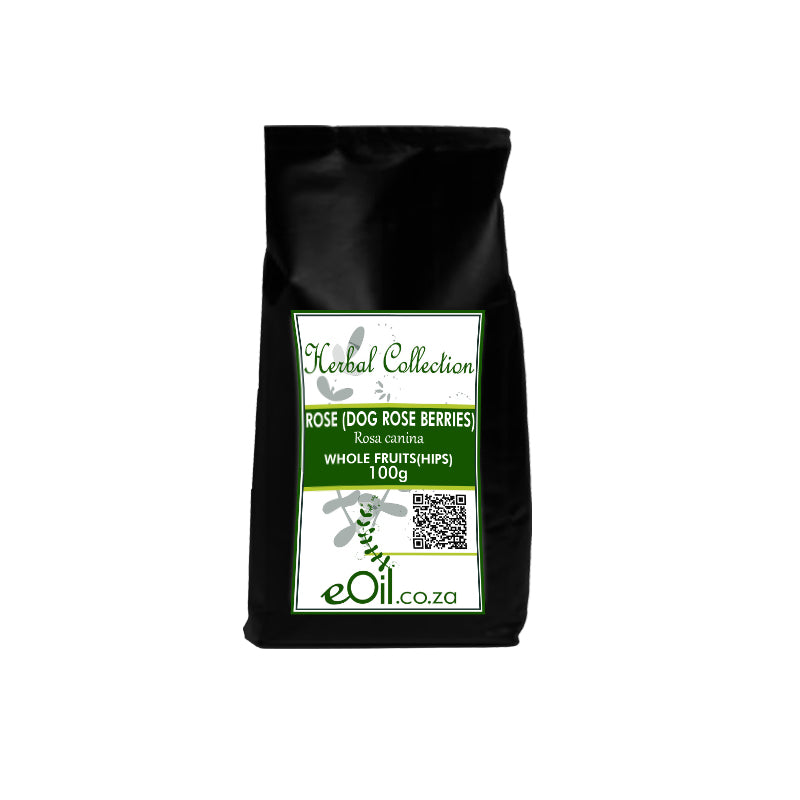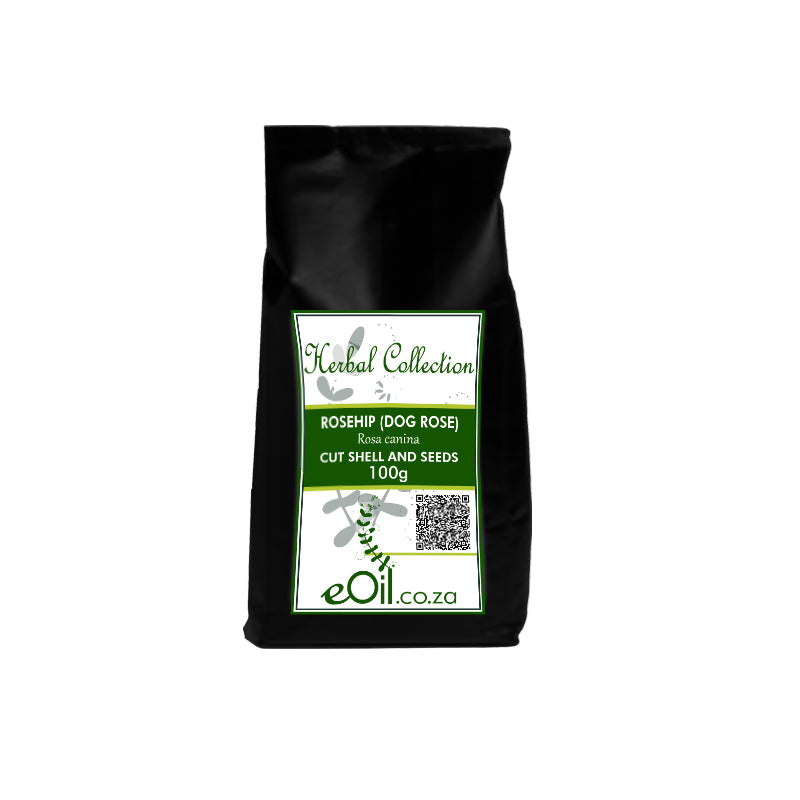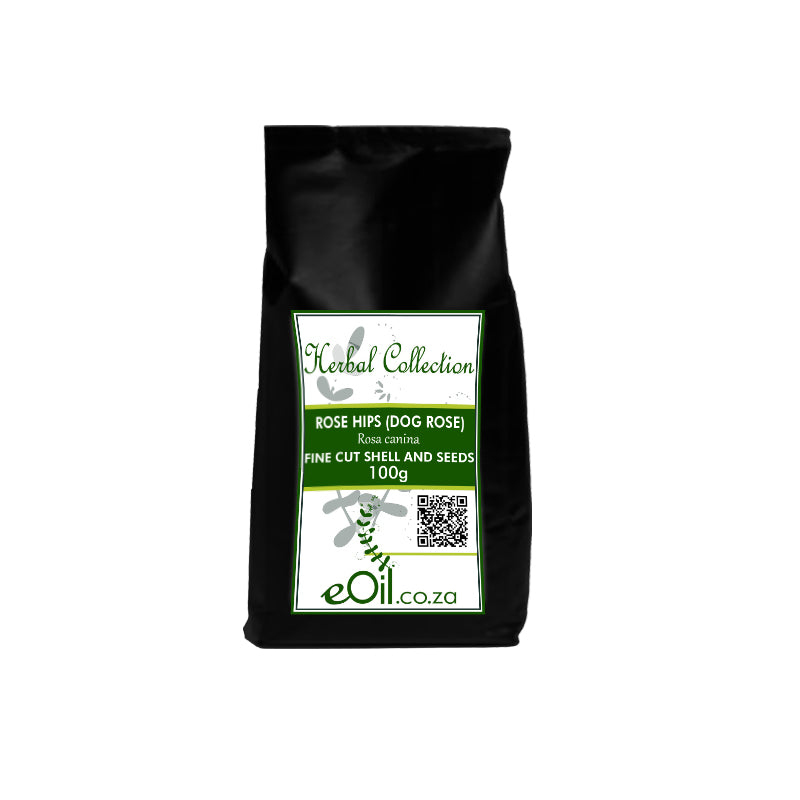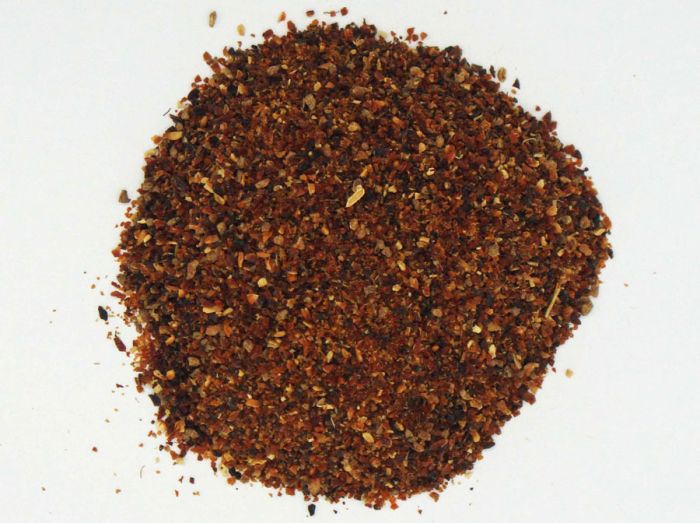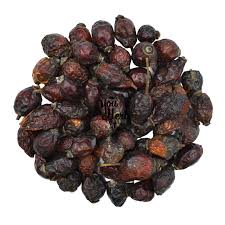Rosehip Dried Berries - Herbal Collection
Rosehip Dried Berries - Herbal Collection - 100 gr fine tea cut TBC is backordered and will ship as soon as it is back in stock.
Description
Description
TRADITIONALLY USED FOR
Rosehip Herbal Tisane: A Journey Through Tradition and Wellness
Introduction to Rosehip Herbal Tisane
Rosehip herbal tisane, commonly known as rosehip tea, is a delightful and nutritious beverage made from the fruit of the wild rose plant, particularly the Rosa canina. This vibrant red or orange fruit is packed with vitamins, antioxidants, and various health benefits. Traditionally used in folk medicine, rosehip has found its way into modern wellness routines due to its impressive health properties.
Traditional Uses of Rosehip
Rosehips have been utilized for centuries in various cultures for their medicinal and nutritional properties. Here are some traditional uses:
Immune Support:
- Native Americans and Europeans have long used rosehip tea to boost the immune system, thanks to its high vitamin C content, which is essential for fighting infections and promoting overall health.
Digestive Aid:
- Rosehip has been traditionally used to soothe digestive issues, including stomach cramps and indigestion. Its anti-inflammatory properties help calm the digestive tract and promote healthy digestion.
Joint Health:
- Traditionally, rosehip has been used to alleviate joint pain and inflammation. It is particularly beneficial for individuals suffering from arthritis, as it helps reduce pain and improve joint mobility.
Skin Care:
- Rosehip oil, derived from the seeds, has been a staple in traditional skincare routines. It is known for its moisturizing, anti-aging, and scar-reducing properties, making it a popular ingredient in natural beauty products.
Health Benefits of Rosehip Herbal Tisane
Rich in Antioxidants:
- Rosehip tea is abundant in antioxidants, such as vitamin C, polyphenols, and galactolipids, which help protect cells from damage caused by free radicals. These antioxidants support overall health by reducing inflammation and oxidative stress.
Supports Heart Health:
- Regular consumption of rosehip tea may help lower cholesterol levels and blood pressure, reducing the risk of heart disease. The flavonoids and vitamin C in rosehip contribute to improved cardiovascular health.
Aids Weight Management:
- Rosehip tea is low in calories and contains compounds that may help suppress appetite and reduce body fat. Studies suggest that rosehip extract can significantly reduce abdominal fat and body weight, making it a valuable addition to a weight loss regimen.
Enhances Skin Health:
The high vitamin C content in rosehip tea promotes collagen production, which is essential for maintaining skin elasticity and reducing wrinkles. Additionally, its anti-inflammatory properties can help soothe skin conditions like eczema and acne.
How to Prepare Rosehip Herbal Tisane
Making rosehip tea is simple and can be enjoyed both hot and cold. Here’s a basic recipe:
Ingredients:
- 1 tablespoon of dried rosehips
- 1 cup of hot water
- Honey or lemon (optional, for taste)
Preparation:
- Place the dried rosehips in a teapot or infuser.
- Pour hot water over the rosehips and let them steep for 5-10 minutes.
- Strain the tea into a cup.
- Add honey or lemon if desired.
- Enjoy your fragrant and nutritious rosehip tea.
Rosehip herbal tisane is more than just a delicious beverage; it is a powerhouse of health benefits rooted in traditional uses. From boosting the immune system and supporting heart health to enhancing skin beauty and aiding weight management, rosehip tea is a versatile addition to your wellness routine. Embrace the tradition and enjoy the myriad benefits of this remarkable herbal tisane.
INFORMATION
Source : http://www.wikiphyto.org/wiki/Rosehip
Reference on http://www.wikiphyto.org
Translation in English by Google Translate (go to the page of the source linked | on Chrome cellphones go on the 3 dots on the top right and select translate in your preferred language | on laptop right click your mouse and select option translate when hoovering on the page
Properties
Plant properties
- Rosehip is a tonic because of the richness in vitamin C [4]
- Antioxidant effect on respiratory neutrophils, mainly due to polyphenols ( proanthocyanidins and flavonoids ) [5]
- Mild and slightly diuretic laxative, vermifuge
- Anti-obesity effect, action on visceral fat ( trans-tiliroside and kaempferol 3-O-beta-D-glucopyranoside ) [6]
- Hypotriglyceridemic [7]
- Anti-ulcerogenic [8]
- Anti-inflammatory [9] , [10]
- Fruit powder improves osteoarthritis pain [11]
Bud properties
- Anti-inflammatory
- Decongestant
- Antioxidant due to high flavonoid content [12]
Properties of essential oil
Indications
Indications of the whole plant (phytotherapy)
- Asthenia, convalescence
- obesity
Indications of the bud (gemmotherapy)
- Rosa canina is a remedy for recurrent localized inflammation. Otitis, tonsillitis, furunculosis, periungual inflammation. [13]
- Rosa canina also finds its use as a regenerator of recurrent mucosal inflammations, pharyngitis, tracheobronchitis, colitis etc...
- In children, it complements the two remedies with osteoblastic action ( Betula verrucosa and Abies pectinata ) when growth disorders are linked to recurrent inflammation. Rhinitis, chronic tracheobronchitis
- With Cornus sanguinea , Rosa canina acts in euthyroid goiter (adenoma)
- With Buxus sempervirens (2 x), Rosa Canina acts on palmoplantar pustular eczema
- Together with Pinus montana , Rosa canina acts in post-menopausal osteoporosis
- With Ulmus campestris : recurrent and ocular herpes
plant name
Dog rose, dog rose , hedge rose , wild rose
International Latin denomination
Rosa canina L., Rosa pendula L. and other Rosa species
botanical family
Rosaceae
Description and habitat
- Bushy shrub, 1 to 3 m high, branches covered with prickles, hedges and scrub of Europe Asia and North America
- Leaves composed of toothed elliptical leaflets
- Pink flowers, solitary or in corymbs
- The receptacle becomes red and pulpy when ripe, it is the rosehip that contains the real fruits, hairy achenes
History and tradition
- Hairy achenes are used as “itching hair”
- The rose hips are edible after action of the gel
- Cleopatra rested on pillows of rose or rose petals
- The Greeks and Romans covered their heads with petals to prevent headaches
- It is one of the ancestors of roses
Parts used
- Pseudo-fruit (Cynorrhodon)
- Young plants
Dosage forms available
- Fruit tincture
- Glycerine macerate of young shoots
Usual dosages
Composition
Main components of the plant
- Cynorrhodon :
- Vitamin C (ascorbic acid, 0.2-1.2%)
- Dimethyl sulfite (DMS), minerals: Potassium, Phosphorus, Magnesium, Calcium, Iron [1]
- Pectins (15%) and tannins
- "Fruit acids": citric acid , malic acid and quinic acid , gallic acid
- Flavonoids : tiliroside ( trans-tiliroside , kaempferol glycoside and paracoumaric ester ), flavanediols : catechol , epicatechol , gallocatechol , leukopeonidin , quercetin , taxifolin and eriodictyol glycosides , kaempferol 3-O-beta-D-glucopyranoside
- Anthocyanins and carotenoids : rubixanthin , lycopene , beta-carotene , zeaxanthin , cyanidin-3-O-glucoside
- Seeds:
- Fatty oil rich in polyunsaturated fatty acids [2]
Main components of buds or young shoots
- Flavonols , quercetin and kaempferol glycosides , hydroxycinnamic acids , ellagitannins and gallotannins (up to 1.7 g/L) [3]
Main components of essential oil
Known or suspected mode of action
Usual formulations
Regulations
- French Pharmacopoeia list A (pseudo-fruit = rose hip )
Possible side effects and precautions for use
Bibliographic references
- Go↑ Fikret Demir, Musa Özcan. Chemical and technological properties of rose (Rosa canina L.) fruits grown wild in Turkey. Journal of Food Engineering, Volume 47, Issue 4, March 2001, Pages 333–336 [1]
- Go↑ Klára Szentmihályi, Péter Vinkler, Béla Lakatos, Vendel Illés, Mária Then. Rose hip (Rosa canina L.) oil obtained from waste hip seeds by different extraction methods. Bioresource Technology, Volume 82, Issue 2, April 2002, Pages 195–201 [2]
- Go↑ Yesterday F, Innocenti M, Possieri L, Gallori S, Mulinacci N. Phenolic composition of "bud extracts" of Ribes nigrum L., Rosa canina L. and Tilia tomentosa M. J Pharm Biomed Anal. 2015 Nov 10; 115: 1-9 doi: 10.1016 / j.jpba.2015.06.004. PMID 26135753
- GoVN Boukin . Notes on the study of vitamins in plants. Quality Plants and Vegetable Mechanics, September 1958, Volume 3, Issue 1, pp 374–380
- Go↑ Daels-Rakotoarison DA, Gressier B, Trotin F, Brunet C, Luyckx M, Dine T, Bailleul F, Cazin M, Cazin JC. Effects of Rosa canina fruit extract on neutrophil respiratory burst. Phytother Res. 2002 Mar;16(2):157-61. PMID 11933119
- Go↑ Ninomiya K, Matsuda H, Kubo M, Morikawa T, Nishida N, Yoshikawa M. Potent anti-obese principle from Rosa canina: structural requirements and mode of action of trans-tiliroside. Bioorg Med Chem Lett. 2007 Jun 1;17(11):3059-64. PMID 17400451
- Go↑ Carmen Pérez, José Ramón Canal, José Enrique Campillo, Adelaida Romero, María Dolores Torres. Hypotriglyceridaemic activity of Ficus carica leaves in experimental hypertriglyceridaemic rats. Phytotherapy Research, Volume 13, Issue 3, pages 188–191, May 1999
- Go↑ Chrubasik C, Roufogalis BD, Müller-Ladner U, Chrubasik S. A systematic review on the Rosa canina effect and efficacy profiles. Phytother Res. 2008 Jun;22(6):725-33. PMID 18384191
- Go↑ Lattanzio F, Greco E, Carretta D, Cervellati R, Govoni P, Speroni E. In vivo anti-inflammatory effect of Rosa canina L. extract. J Ethnopharmacol. 2011 Sep 1; 137 (1): 880-5. PMID 21771653
- Go↑ Deliorman Orhan D, Hartevioğlu A, Küpeli E, Yesilada E. In vivo anti-inflammatory and antinociceptive activity of the crude extract and fractions from Rosa canina L. fruits. J Ethnopharmacol. 2007 Jun 13;112(2):394-400. PMID 17482395
- Go↑ Rein E, Kharazmi A, Winther K. A herbal remedy, Hyben Vital (stand. powder of a subspecies of Rosa canina fruits), reduces pain and improves general wellbeing in patients with osteoarthritis--a double-blind, placebo-controlled, randomised trial. Phytomedicine. 2004 Jul;11(5):383-91. PMID 15330493
- Go↑ Charpentier, T.; Boisard, S.; Le Ray, A.-M.; Bréard, D.; Chabrier, A.; Esselin, H.; Guilet, D.; Ripoll, C.; Richomme, P. A Descriptive Chemical Composition of Concentrated Bud Macerates through an Optimized SPE-HPLC-UV-MS2 Method—Application to Alnus glutinosa, Ribes nigrum, Rosa canina, Rosmarinus officinalis and Tilia tomentosa. Plants 2022, 11, 144. https://doi.org/10.3390/plants11020144
- Go↑ Henry Pol. Gemmotherapy, therapy with plant embryonic extracts. Author's edition. Brussels, 1982
- Erlend Hvattum. Determination of phenolic compounds in rose hip (Rosa canina) using liquid chromatography coupled to electrospray ionisation tandem mass spectrometry and diode-array detection. Rapid Communications in Mass Spectrometry, Volume 16, Issue 7, pages 655–662, 15 April 2002
CAUTION
Store in a cool, dry place, away from light. Keep tightly closed, away from the reach of Children and pets.
Do not exceed the daily dose.
This product is not intended to prevent or cure any form of illness or disease.
If you are pregnant or nursing ; If you have a medical condition or are in the course of medical treatment ; If you are programmed for theater/operation in the near future, please consult your healthcare practitioner before using this product.
This product cannot replace a varied and balanced diet and a healthy lifestyle.
This product has not been evaluated by the SAHPRA for its quality, safety or intended use.
For More Information please check our General Safety Herbal products Page

Rosehip Dried Berries - Herbal Collection - 100 gr fine tea cut TBC is backordered and will ship as soon as it is back in stock.

